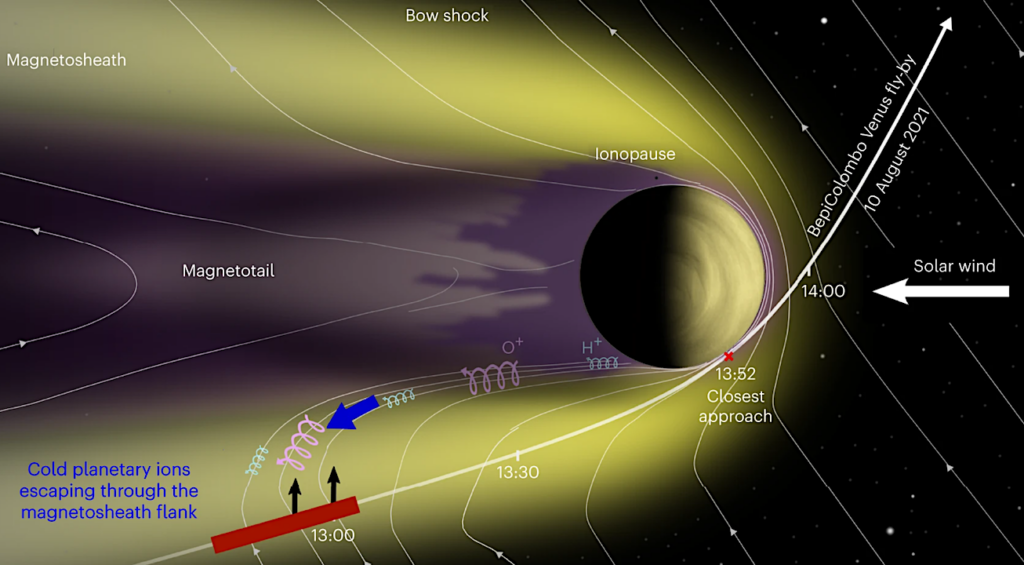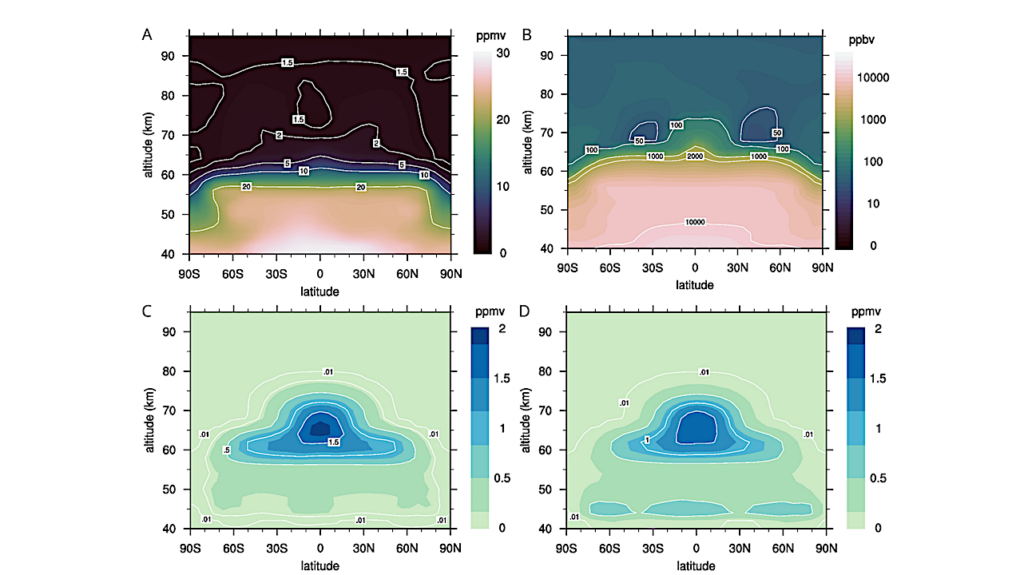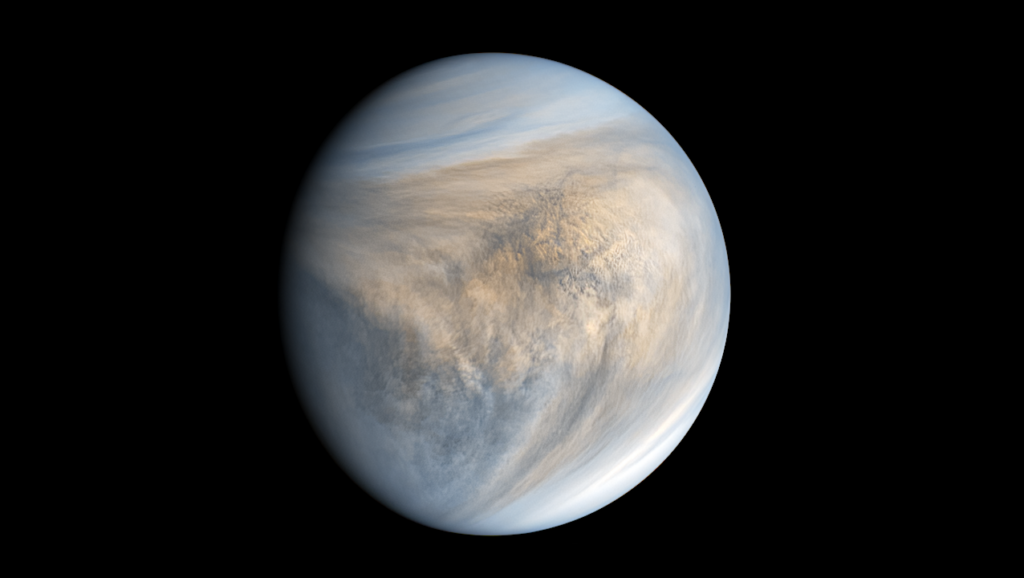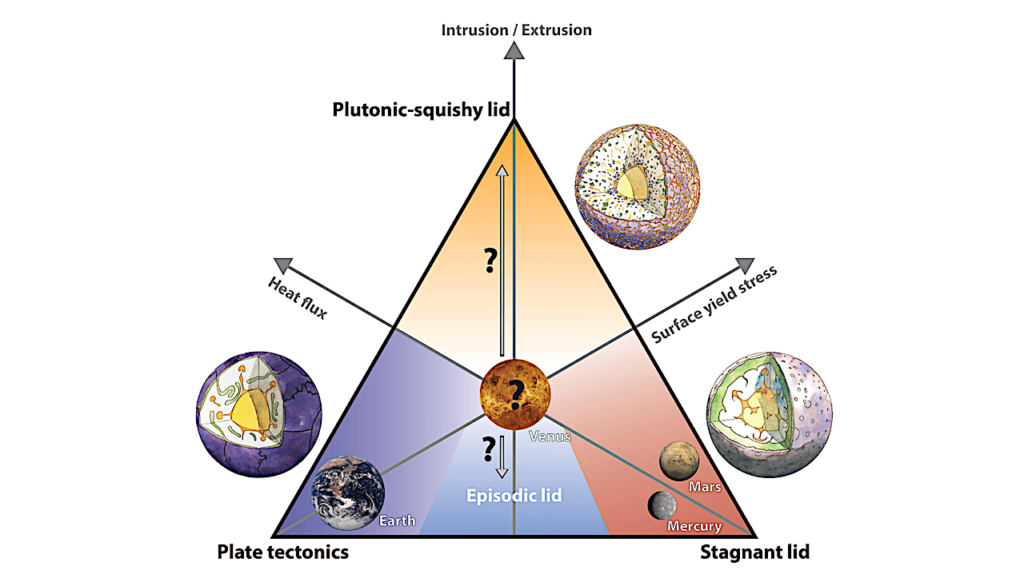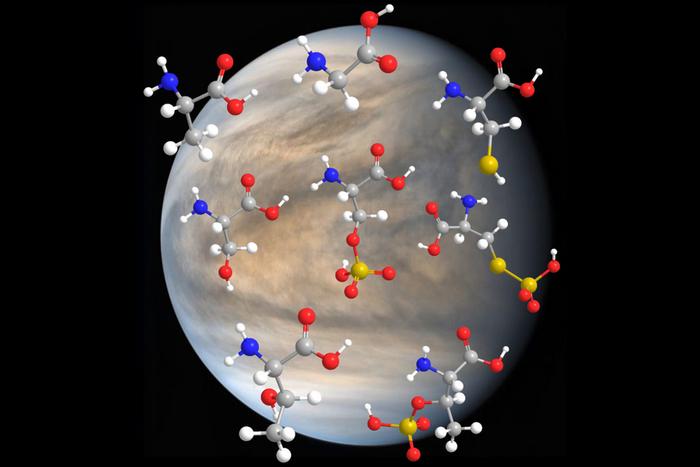Claimed Detection Of PH3 In The Clouds Of Venus Is Consistent With Mesospheric SO2

The observation of a 266.94 GHz feature in the Venus spectrum has been attributed to PH3 in the Venus clouds, suggesting unexpected geological, chemical or even biological processes.
Since both PH3 and SO2 are spectrally active near 266.94 GHz, the contribution to this line from SO2 must be determined before it can be attributed, in whole or part, to PH3. An undetected SO2 reference line, interpreted as an unexpectedly low SO2 abundance, suggested that the 266.94 GHz feature could be attributed primarily to PH3. However, the low SO2 and the inference that PH3 was in the cloud deck posed an apparent contradiction. Here we use a radiative transfer model to analyze the PH3 discovery, and explore the detectability of different vertical distributions of PH3 and SO2. We find that the 266.94 GHz line does not originate in the clouds, but above 80 km in the Venus mesosphere.
This level of line formation is inconsistent with chemical modeling that assumes generation of PH3 in the Venus clouds. Given the extremely short chemical lifetime of PH3 in the Venus mesosphere, an implausibly high source flux would be needed to maintain the observed value of 20±10 ppb. We find that typical Venus SO2 vertical distributions and abundances fit the JCMT 266.94 GHz feature, and the resulting SO2 reference line at 267.54 GHz would have remained undetectable in the ALMA data due to line dilution. We conclude that nominal mesospheric SO2 is a more plausible explanation for the JCMT and ALMA data than PH3.
Andrew P. Lincowski, Victoria S. Meadows, David Crisp, Alex B. Akins, Edward W. Schwieterman, Giada N. Arney, Michael L. Wong, Paul G. Steffes, M. Niki Parenteau, Shawn Domagal-Goldman
Comments: 12 pages, 5 figures, accepted to ApJL
Subjects: Earth and Planetary Astrophysics (astro-ph.EP); Instrumentation and Methods for Astrophysics (astro-ph.IM)
Cite as: arXiv:2101.09837 [astro-ph.EP] (or arXiv:2101.09837v1 [astro-ph.EP] for this version)
Submission history
From: Andrew Lincowski
[v1] Mon, 25 Jan 2021 00:43:57 UTC (2,149 KB)
https://arxiv.org/abs/2101.09837
Astrobiology, Astrochemistry


